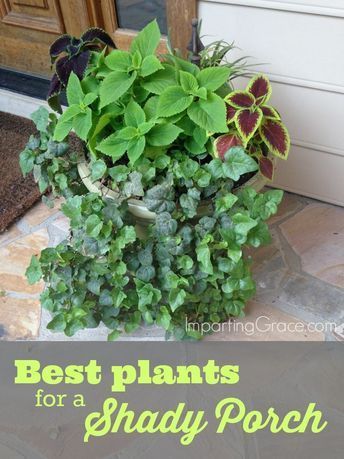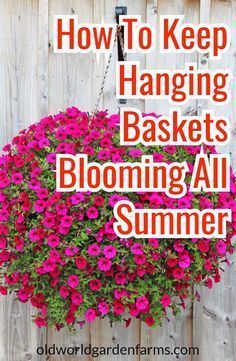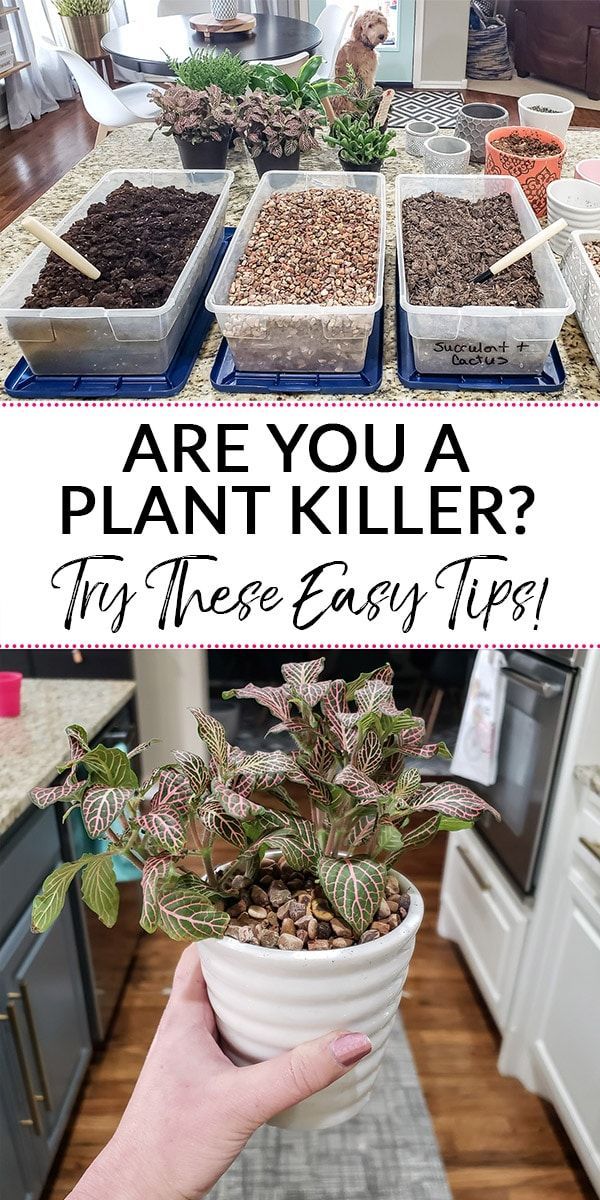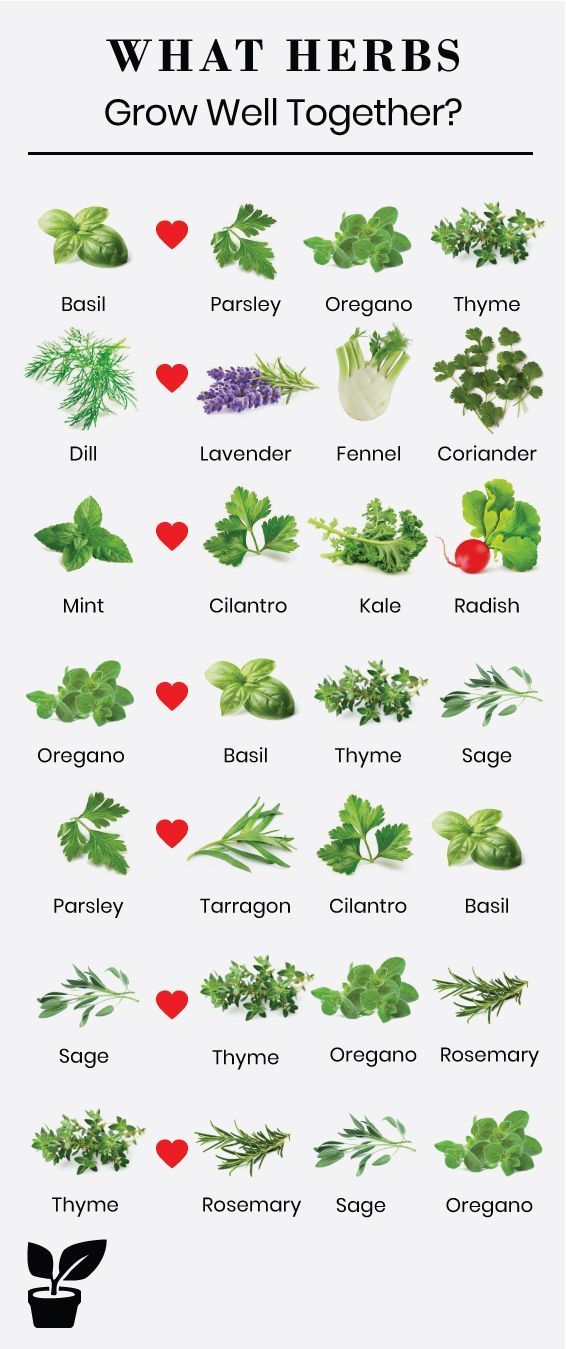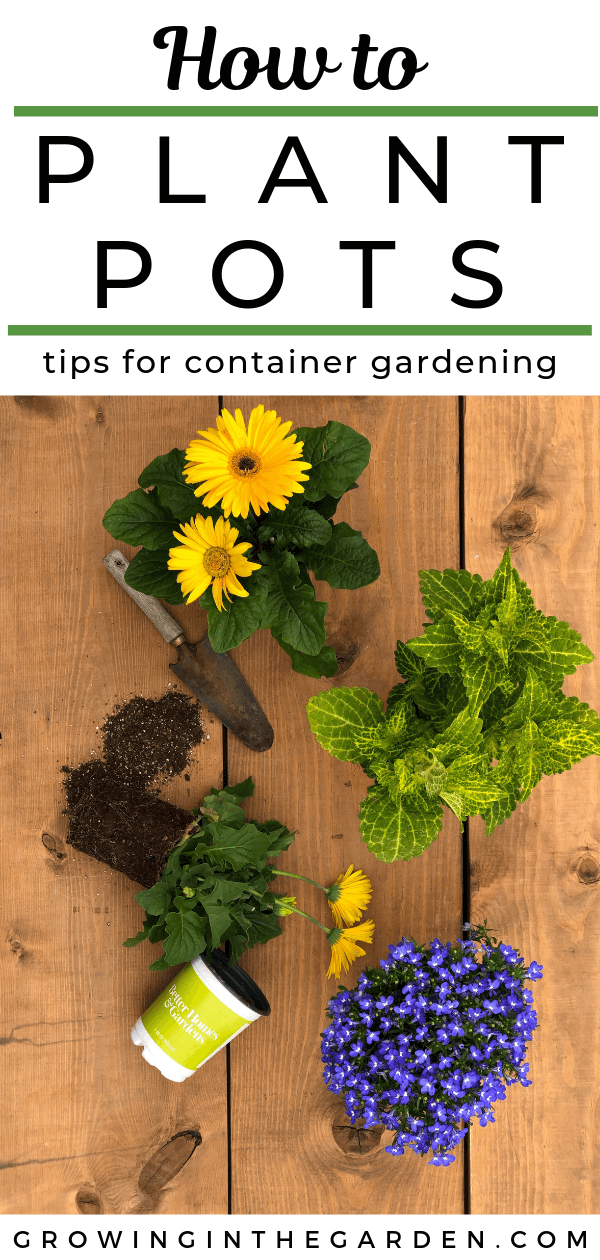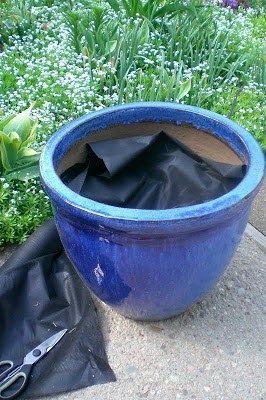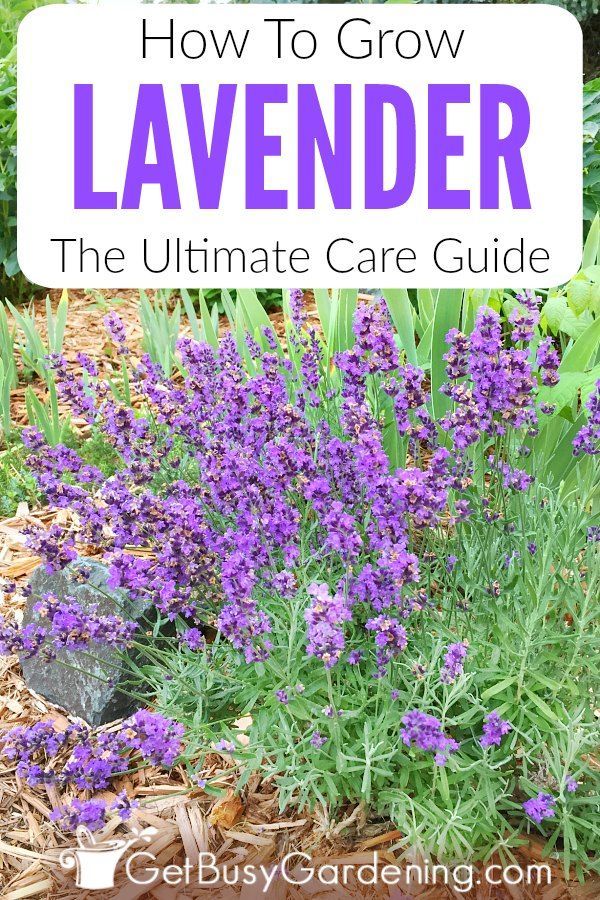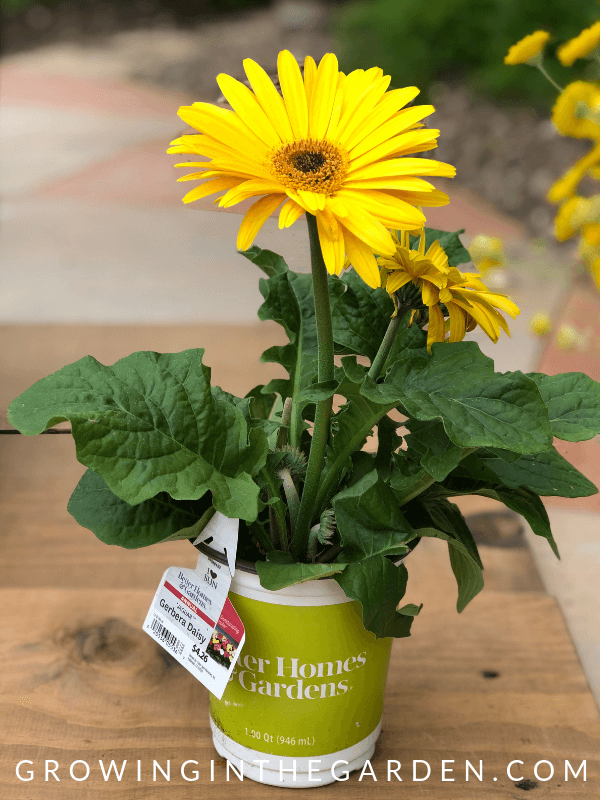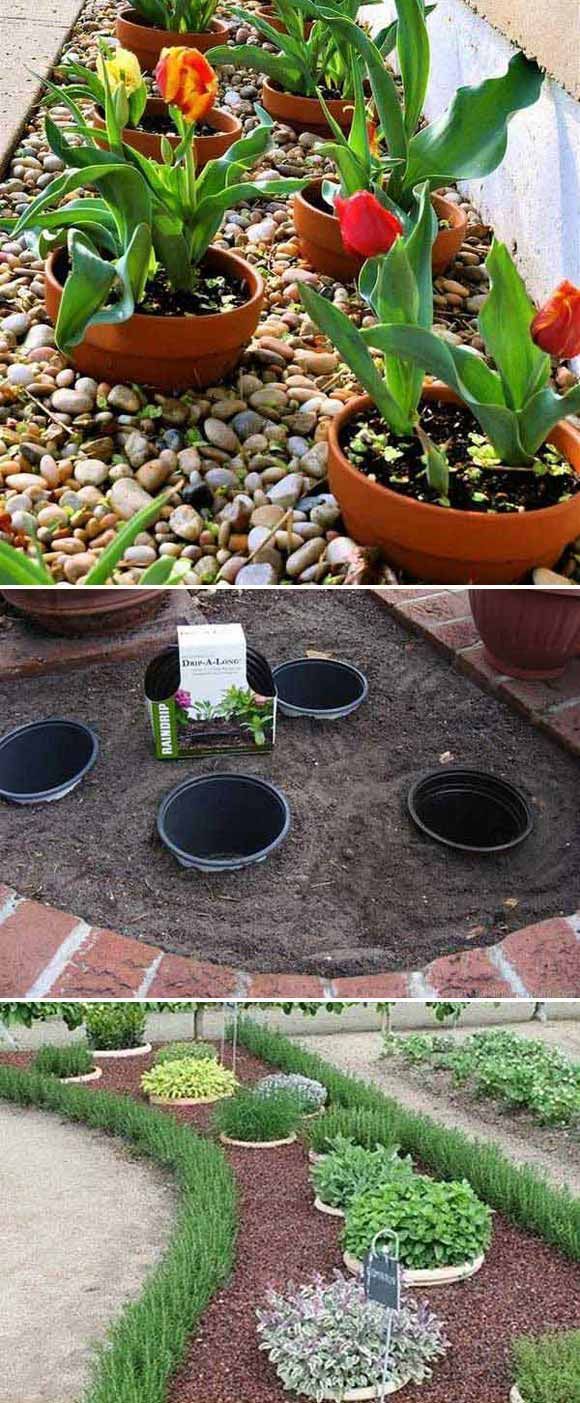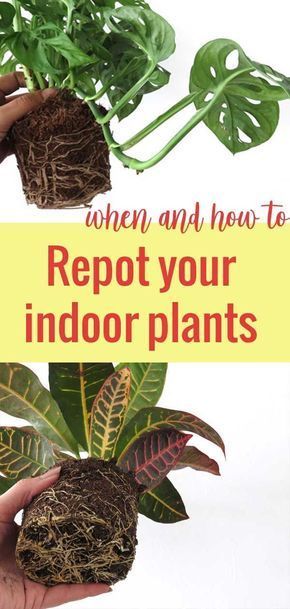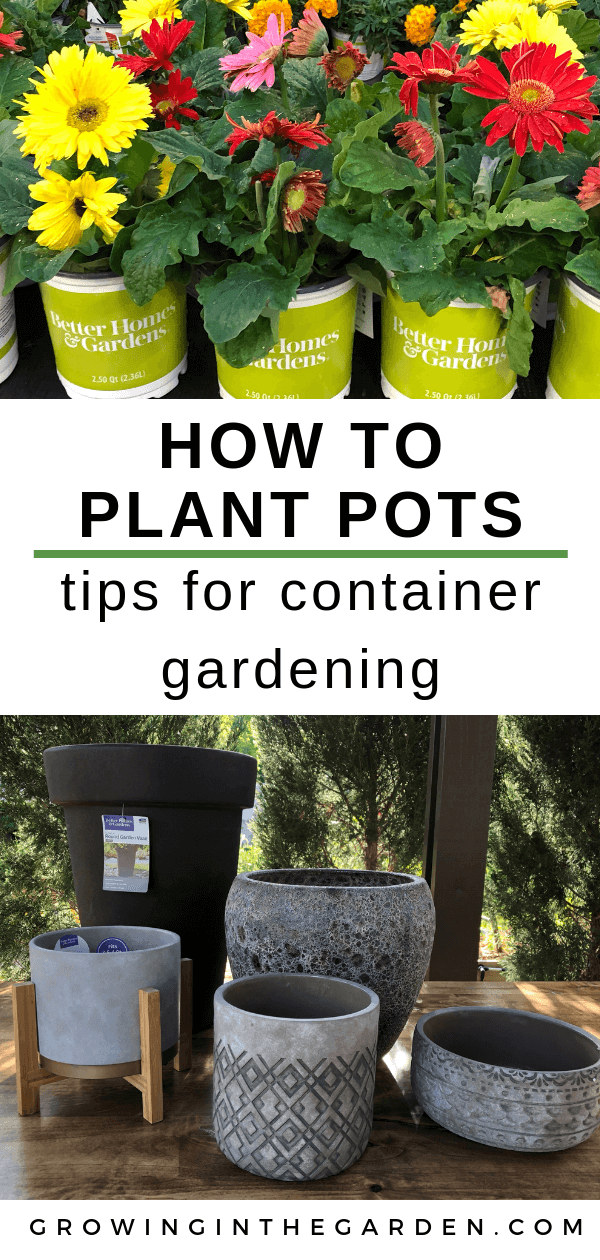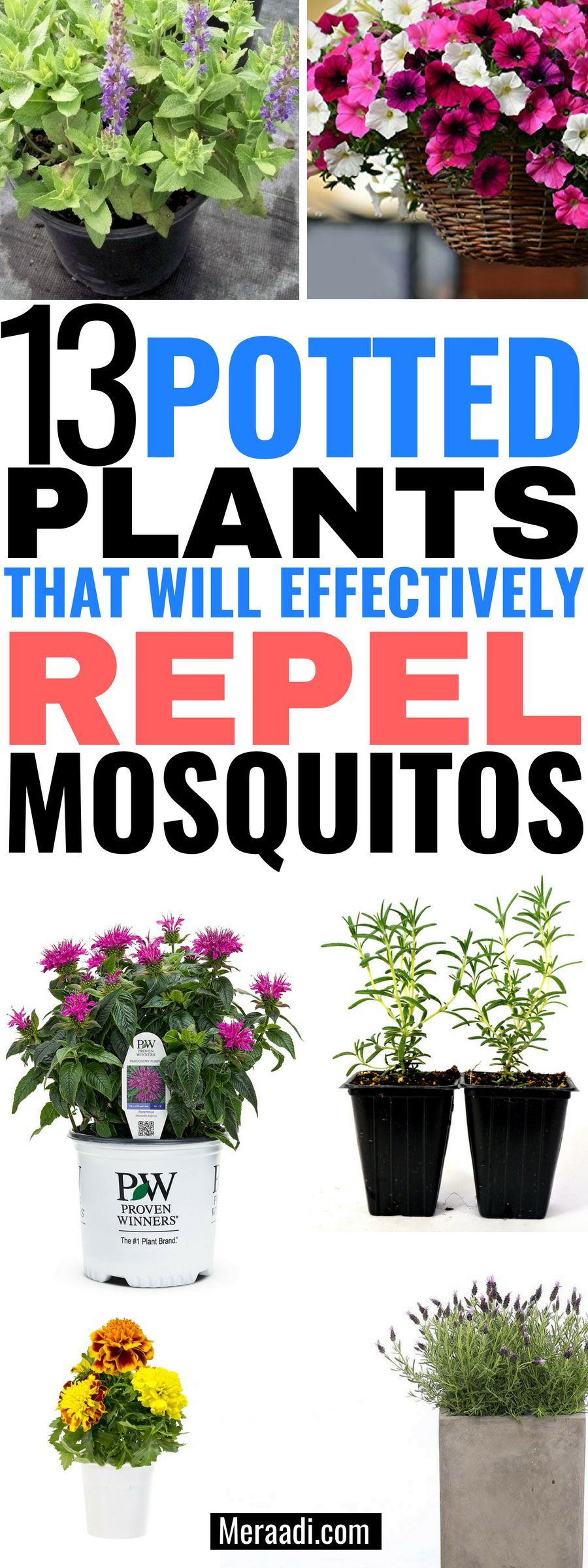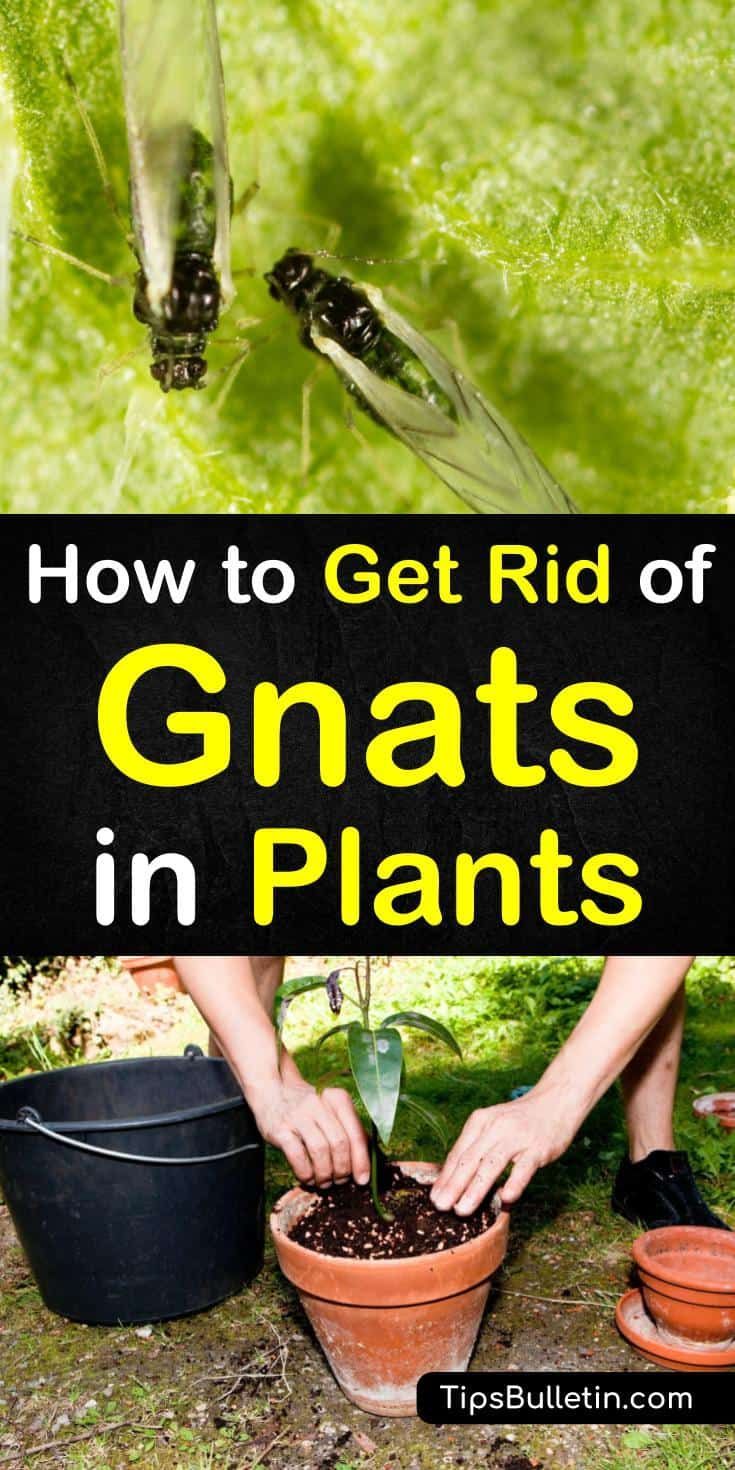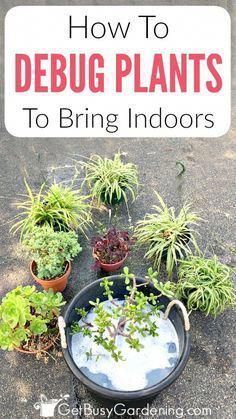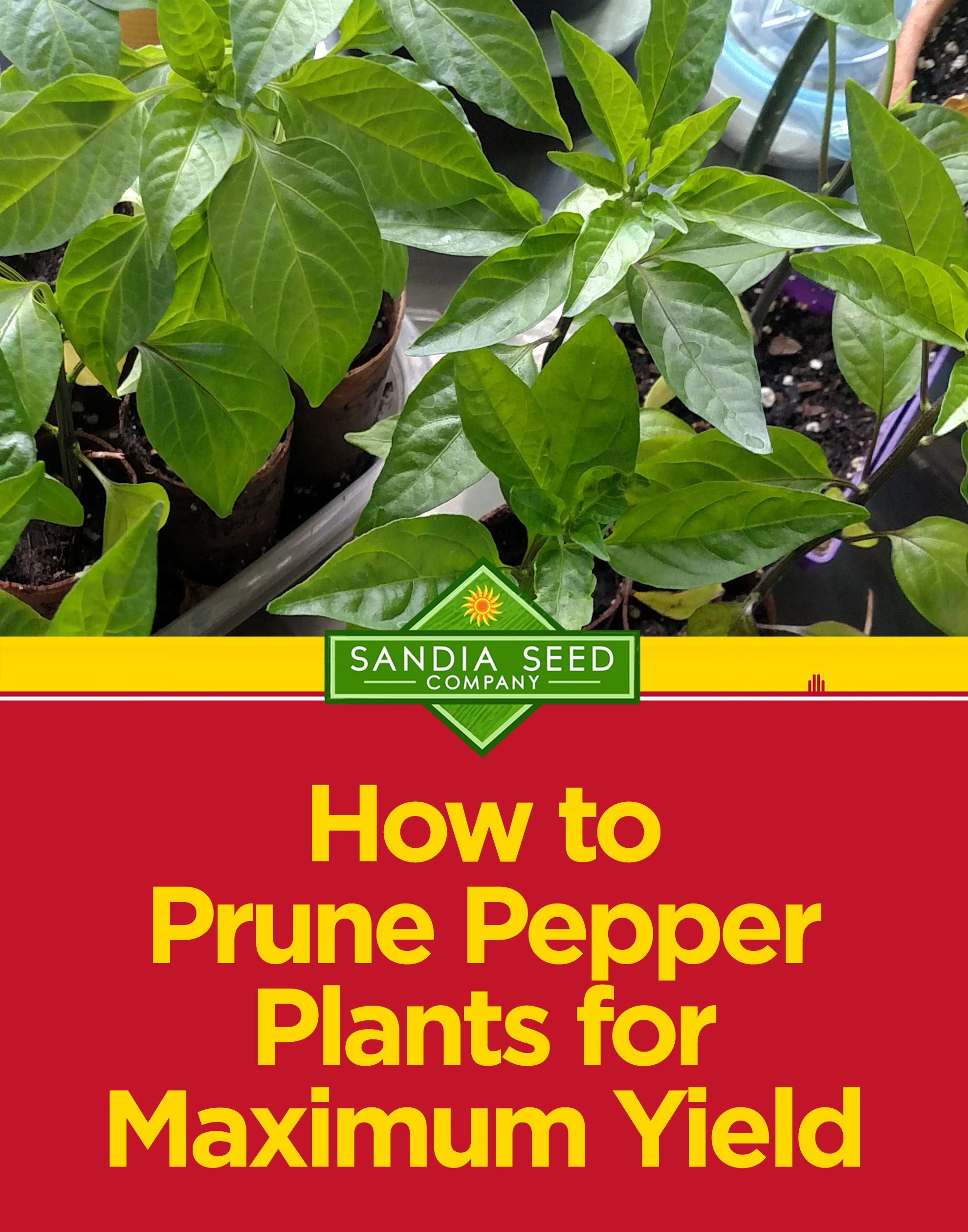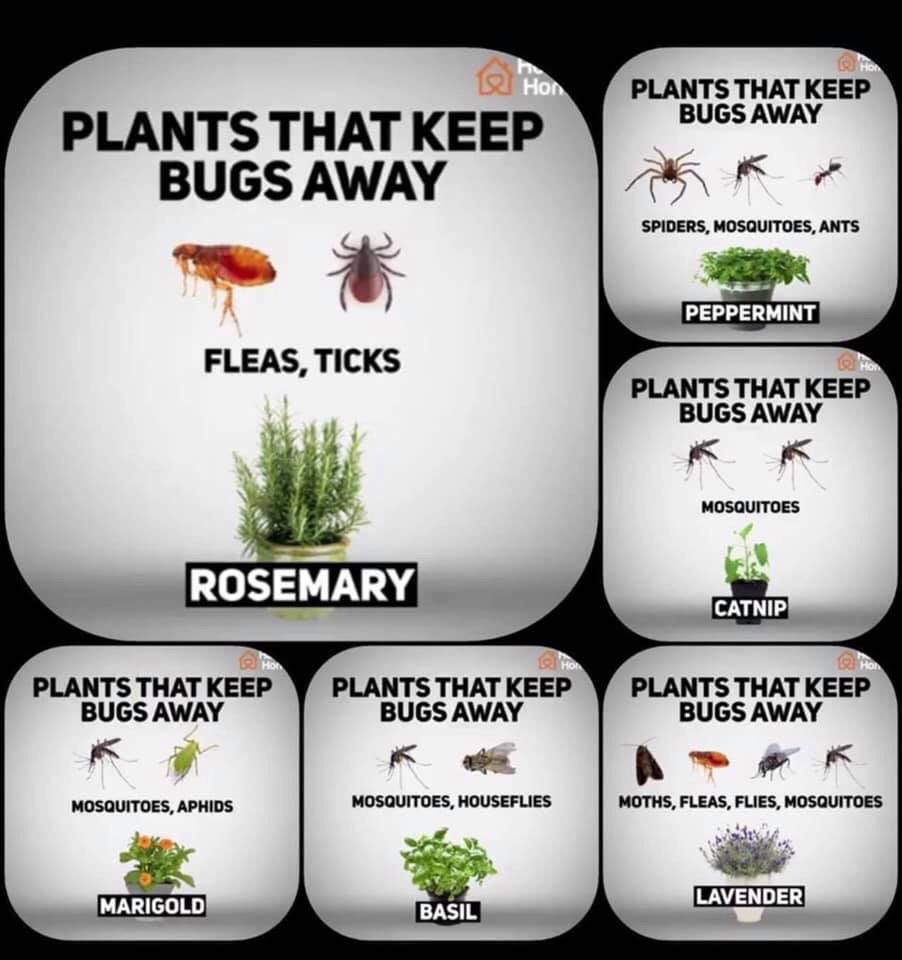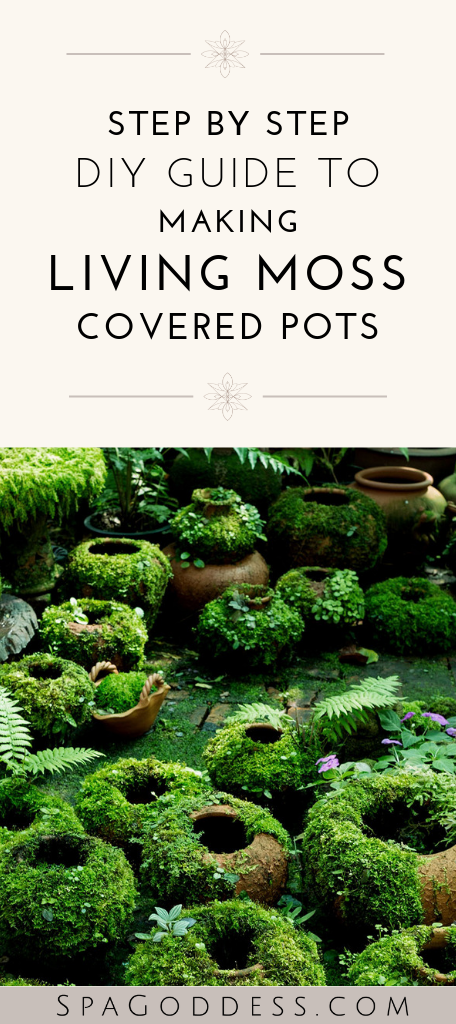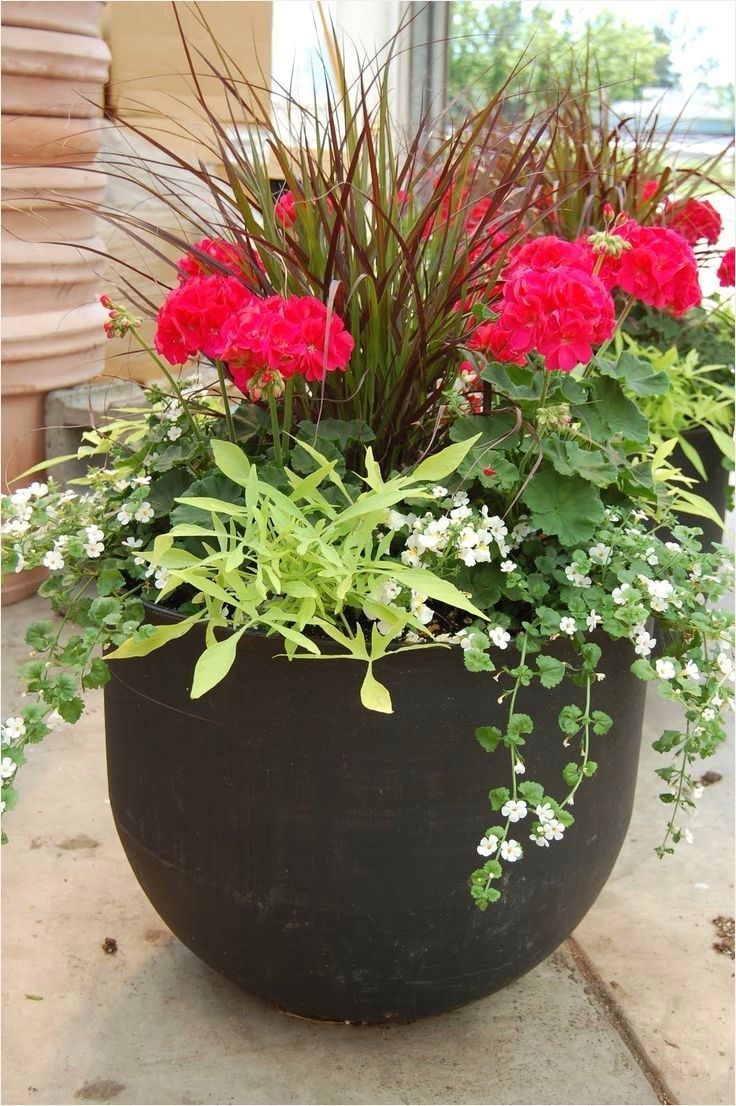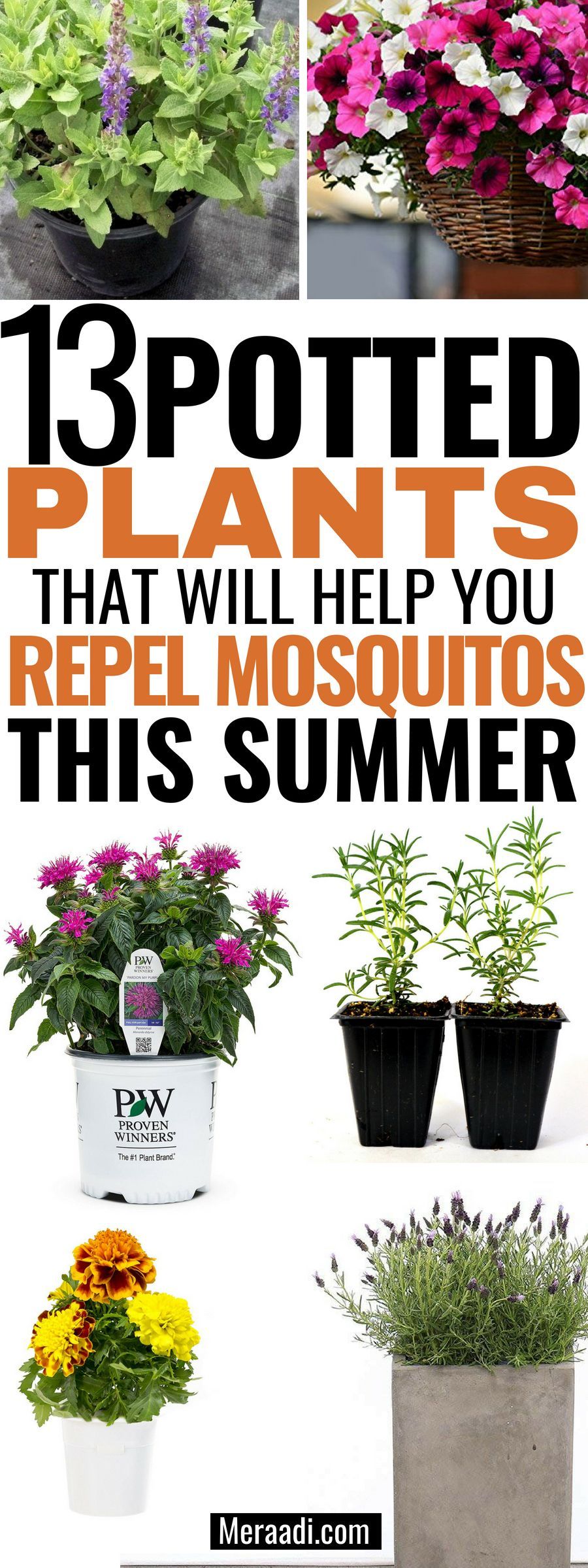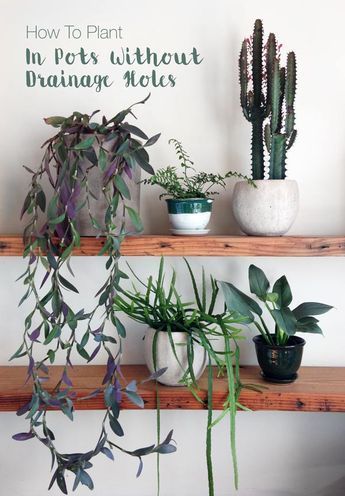21 plants Potted tips ideas
11 of the Best Tips For Growing Tomatoes In Containers (With Success)
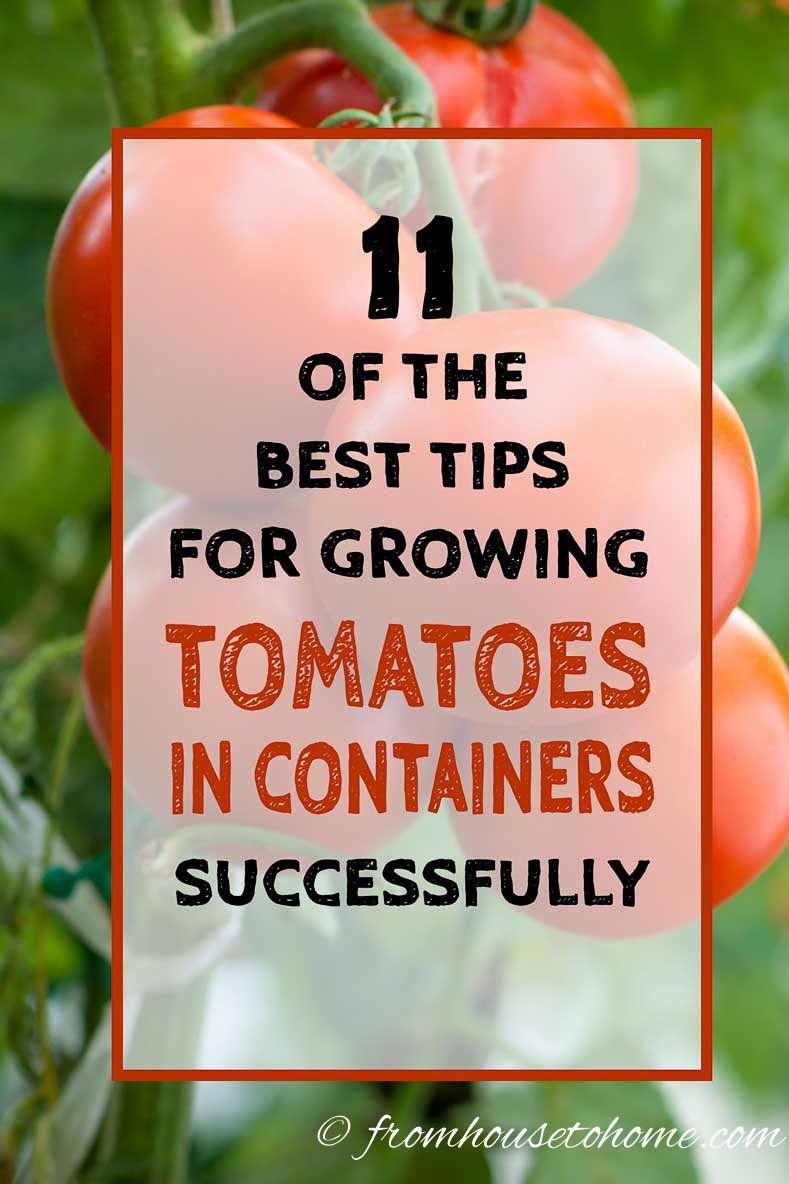
These tips for how to grow tomatoes in containers are awesome! Lots of planting and growing ideas that will make sure your potted tomato plants produce lots of tomatoes this summer. #fromhousetohome #tomatoes #containergardening #gardeningtips #vegetablegarden #gardening Want to grow healthy, beautiful tomatoes in a small space? Growing tomatoes in containers is the answer! Get the scoop on the best way to grow tomatoes in pots for a bumper crop this summer. Growing Tomatoes In Containers Like a lot of people, my favorite vegetable to grow is tomatoes. They taste so much better from the garden than they do from the storeand if you grow them properly, you get a lot of tomatoes for your buck! However growing tomatoes can be a little frustrating since they are susceptible to disease that greatly reduces the number of tomatoes a plant produces. To get around that, I like to grow the plants in containersthat way you have more control over the conditions that could cause disease. You Might Also Like: Best Easy To Grow Herbs Keep reading to find out my 10 tips for growing tomatoes in containers. Choose The Right Variety of Tomato Look for disease resistant plants Because tomatoes are so popular with gardeners, it seems like there a million different varieties! Tomato breeders have come up with all kinds of different varieties that grow in different conditions. So make sure you get the kind that suits your environment. The one problem with tomato plants is that they are susceptible to a few different types of diseases that will affect how many tomatoes you will get from your plants. And the last thing you want after spending the time and effort to grow tomatoes is to not get any! Most plants (and seeds) will have the disease resistance letters on the label. These tell you which diseases that particular variety is less likely to contract. (But noote that even resistant varieties can still develop those diseasesthey are just less likely to contract them). Here is the list of disease resistance letters and what they stand for: V – Verticillium Wilt F – Fusarium Wilt ( two F’s indicate resistance to both races 1 and 2, three F’s indicate resistance to races 1, 2 and 3 ) N – Nematodes ASC – Alternaria Stem Canker TMV – Tobacco Mosaic Virus St – Stemphylium ( gray leaf spot ) SWV – Tomato Spotted Wilt Virus LB – Late Blight If you want to get more information on diseases, Clemson University has a great article on tomato diseases and disorders. The other consideration is whether you want a Determinate or Indeterminate variety of tomatoes. Determinate varieties tend to produce all of their tomatoes in a short period of time, and usually have more compact plants. These are great if you want to use your tomatoes for canning or making sauce. Indeterminate varieties produce tomatoes over an extended period of time and can grow very tall. I usually like to grow one plant of each typethat way I have lots of tomatoes for making tomato sauce and still get a bunch for using in salads. Choose a Large Container Choose a container that is at least 18? wide and tall*. If you have one that is 24? x 24?, that is even better. I have found that plastic planters work better than clayThe clay planters are just too heavy when they are filled with dirt and dry out really fast. Your tomatoes will do much better if you can keep them from getting too dried out! Wash The Container Well Wash the container, support and any drainage helpers Make sure that the container is washed well, especially if you used it for planting tomatoes last year. A lot of the tomato diseases get passed on from year to year in the containers, soil and supportso make sure you wash them well. I usually do a mixture of 1/4 cup bleach to a gallon of water. Use the regular chlorine type of bleachthe non-chlorine bleaches don’t kill bacteria as well. Make sure to wear gloves so that the bleach doesn’t burn your skin. Make Sure There Is Good Drainage Use broken pots or stones to provide drainage at the bottom of the container While tomatoes do like to be well watered, they don’t want to be soaking wet. So you need to make sure your container has good drainage. Make sure the containers have good drainage holes For whatever reason, the large plastic planters often have very small and very few drainage holes in the bottom of the container. Drill holes in the bottom of the container If yours is like this, you can use a drill to make some additional holes. Fill the bottom with stones or pieces of clay pots to make sure that the soil doesn’t block the holes. A layer of landscape fabric keeps the soil out of the bottom of the container I also like to add a layer of landscape fabric. This really prevents the soil from getting to the holes, and makes it easier to separate the stones/clay pieces from the dirt when you empty the container. Use The Right Soil Fill the container most of the way with soil Your standard planter’s mix soil is not what you want to use for growing tomatoes.triple mix (1/3 topsoil, 1/3 peat moss and 1/3 compost) will work much better for growing big, juicy tomatoes! Also make sure that you use new soilas with the containers, diseases can be passed on through the soil and you don’t want to take that chance. If you have grown any other plant that is affected by the same types of diseases as tomatoes (like peppers, potatoes, and Cosmos among others), they can pass the bacteria on to the tomato plants as well. Plant the Tomatoes Deep Plant the tomatoes deep To give the tomatoes extra plant strength, plant them deep in the soil, so that a lot of the stem is buried. Roots will grow all along the stem to give the plant more access to water. To prevent rot, remove any leaves that would be covered by the soil. Set Them In A Sunny Spot Make sure the tomato plants get at least 6 hours of sun a day Tomatoes need at least 6 hours of day to be successful. One of the great things about planting them in containers is that you can place them where you want to. Make sure to put them in a sunny location. Tomatoes are one of the few plants that really does want full suneven in the Southso the more sun the better! Support Them Well Provide support Even though the plants seem like they are really small when you first plant them, they will grow really fast. It is much easier to put the tomato supports in place now than after they have started to grow. The standard metal tomato cages that you can find at your local big box store will work for most determinate types of tomatoes. Extendable tomato cages work well for indeterminate tomatoes If you are growing indeterminate tomatoes, you may want to invest in tomato cages that can extend with the size of the plant*. Mulch The Soil Mulch* Spreading a layer of mulch over the top of the soil will give you an extra layer of protection in preventing the plant from getting dried outwhich is always helpful in growing healthy tomatoes! Water Them Consistently Don’t water the leaves As I’ve said before, tomatoes don’t like to dry outso make sure you keep them well watered. However, there a number of diseases that are more likely to happen if they have wet leaves, so water the soil and not the plant. Try A Tomato Crater Tomato Crater* This is one tip that I haven’t tried myselfyet. But I have heard great things about them. Installing a tomato crater around your tomato plants helps to keep the weeds down, funnels the water towards the roots, and prevents the soil from splashing up on the leaves and spreading disease. It sounds like a great idea to me, so I’ll be adding it to my tomato planting process this year. If you follow these tips, you should have great success growing tomatoes in containersand then you might need our post on what to do with so many tomatoes рџ™‚ Pin It So You Don’t Forget It! Have comments or questions on growing tomatoes in containers? Tell us in the section below. Sharing is caring! 5.8k 3
